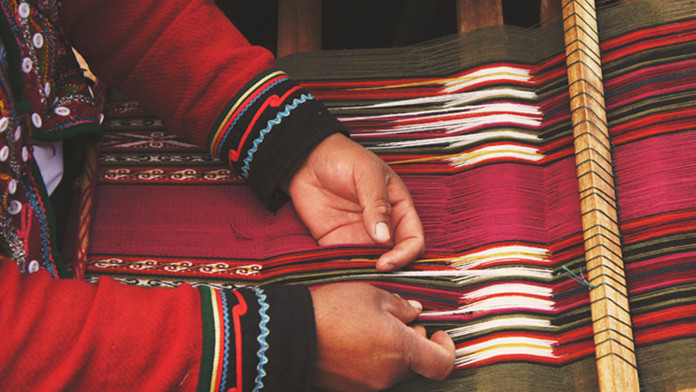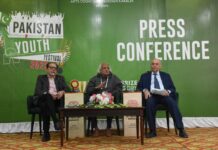There is comfort in familiarity. But change waits for no man, country, or artist. For generations, Pakistani craftsmen have been relying on age-old, sometimes well-guarded techniques to create pieces that have charmed international buyers from all over the world.
But techniques and designs age, and their shelf life in today’s increasingly fast paced world of interior design is deteriorating. This is what set off an epic story of dying arts, unmatched passion, international collaborations and shared visions.
But before we delve into the specifics, let’s take a step back and introduce the young, flamboyant man behind this effort- Ahsan Amin. Exposed at an early age to a plethora of handicrafts made and assembled across all of the provinces of Pakistan by his family’s business, Ahsan understood that design, unfortunately, was led by the international market. However the issue also lay on the supply side, where artisans with skills developed over centuries were either unable to cope with increasing demand, or expectations.

When asked how his work has impacted these overlooked craftsmen, Amin replied “We’ve actually covered every province of the country in an effort to find and revive dying arts. For example, with the recent shift towards pop art/truck art, we realized there was a bigger market for Swati hand-painted furniture pieces, as long as their designs were updated to meet modern demand. Today, one of our most popular furniture collections, Swati hand-painted furniture is in great demand due to the starkly superior and finer work possible using natural stains and paints. The end result means no two pieces are alike, and each has its own story to tell”. He proudly adds that overdyed rugs (or reloaded, as they are referred to internationally), are in great demand in the West today, yet the over-dying process has been a part of the cultural heritage of both Iran and Pakistan for centuries.
He regularly exhibits his pieces in Pakistan to promote the fine work that is being produced in our own backyard and explain the techniques and processes that go in to it. “It pains me to know that there are nomads in Balochistan that collect their own wool from the sheep they rear, painstakingly dye the same with natural colors from barks and leaves, and produce a single carpet over three months of migration and no one highlights this”, he adds, showing one of his carpets that he says takes around 3-6 months to make and is sold almost exclusively abroad.
This week, Ahsan is set to collaborate with another famous personality- Tariq Luni, an internationally, recognized award winning sculptor, to display their works under the exhibition Woven Stories which will be on display at the Slingshot Studios between 3rd-5th February.
Together, they are planning to show some of their most exclusive art pieces. When asked what we can expect to see at the show, Ahsan has only one response – “Let’s just say that none of the pieces on display have ever been showcased by us before. One of the rugs on display took nearly two years for the artisans to complete”.
Needless to say, we recommend you do not miss out on Woven Stories to catch a glimpse of what the artists have in store.

















